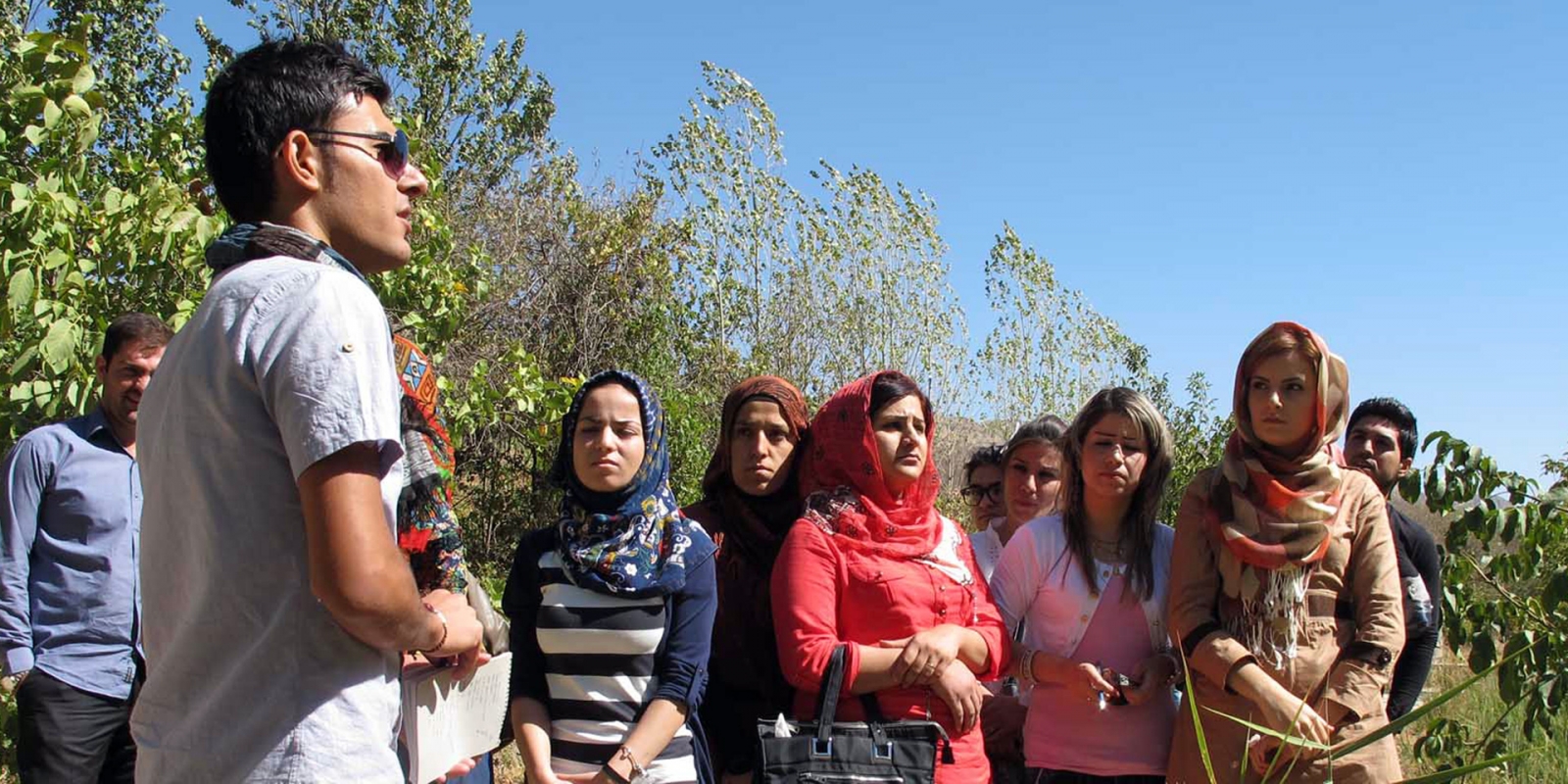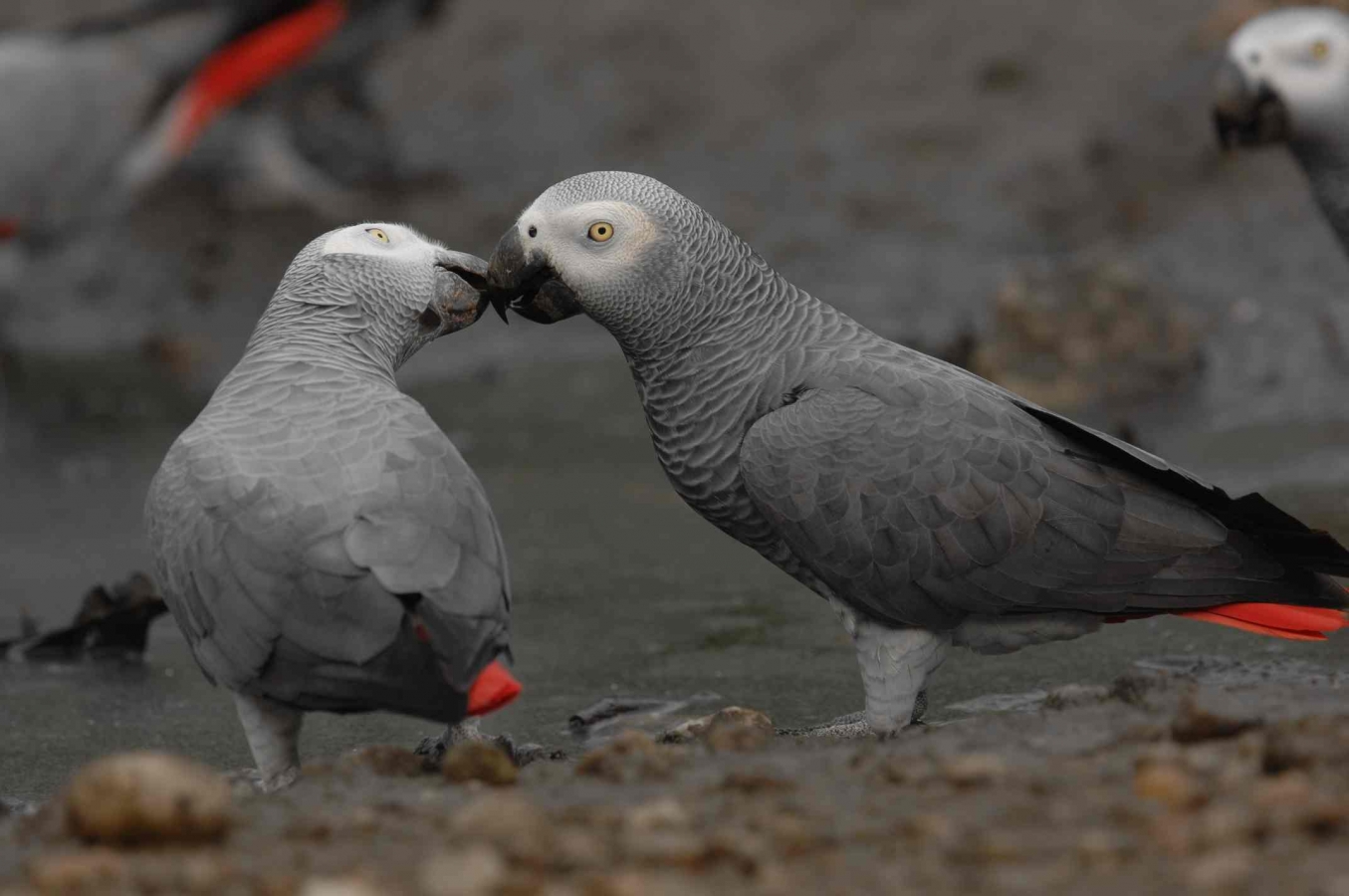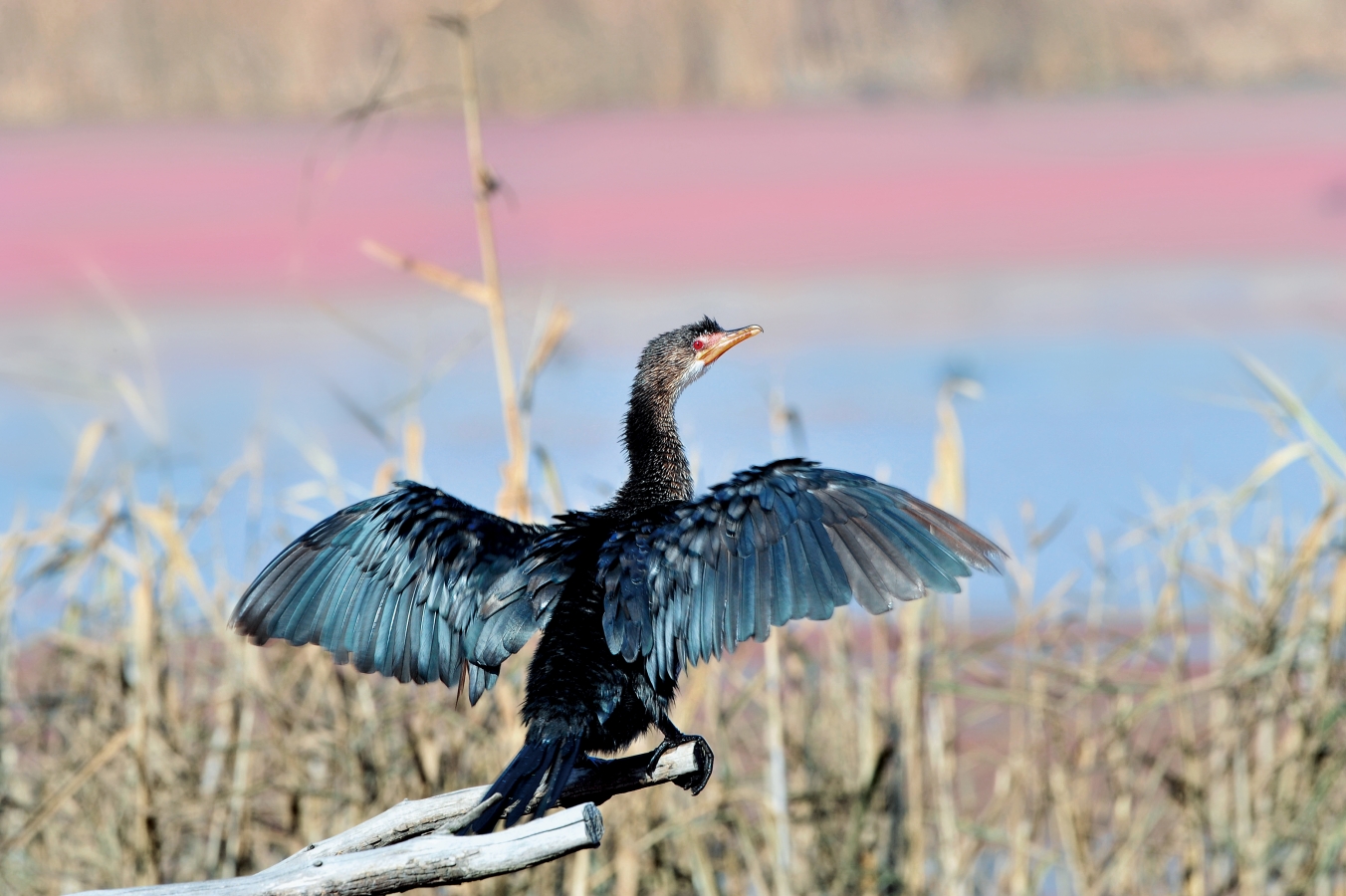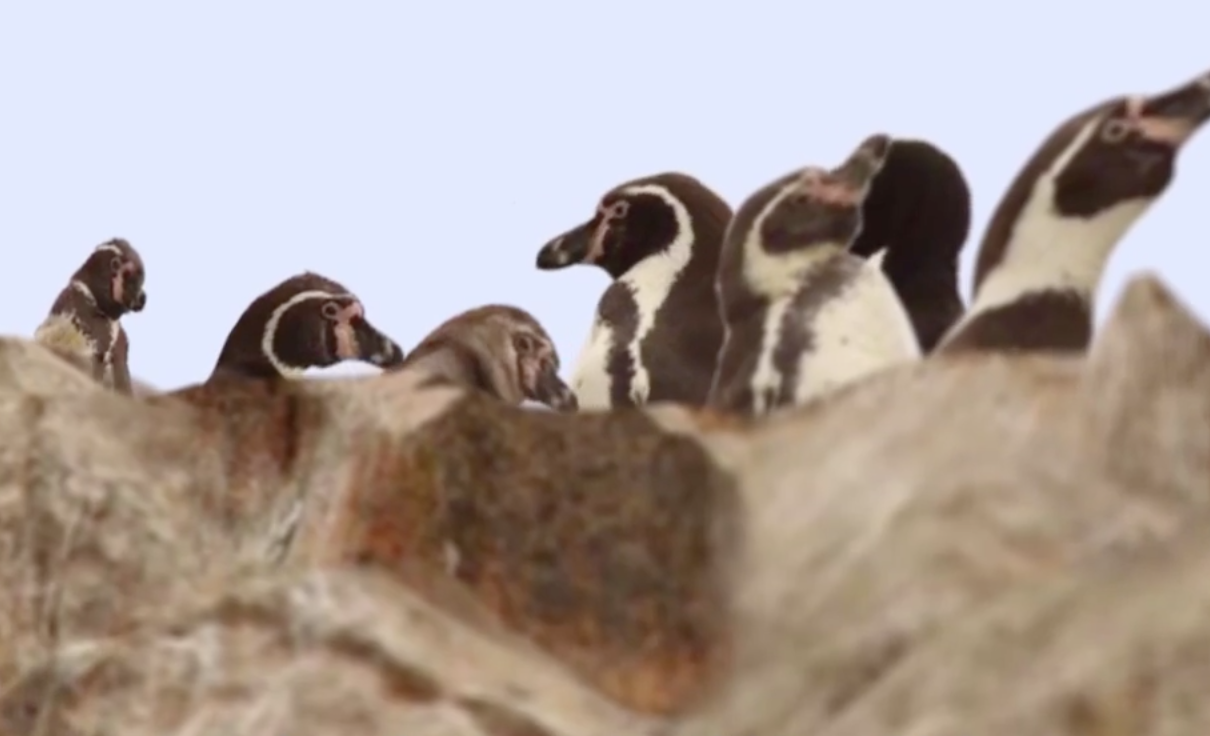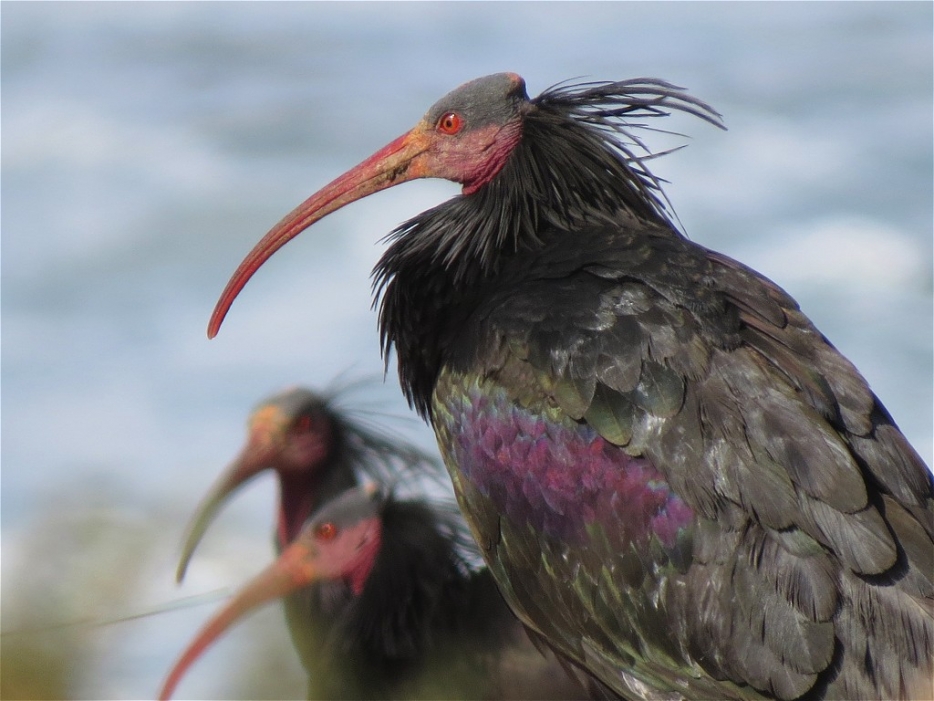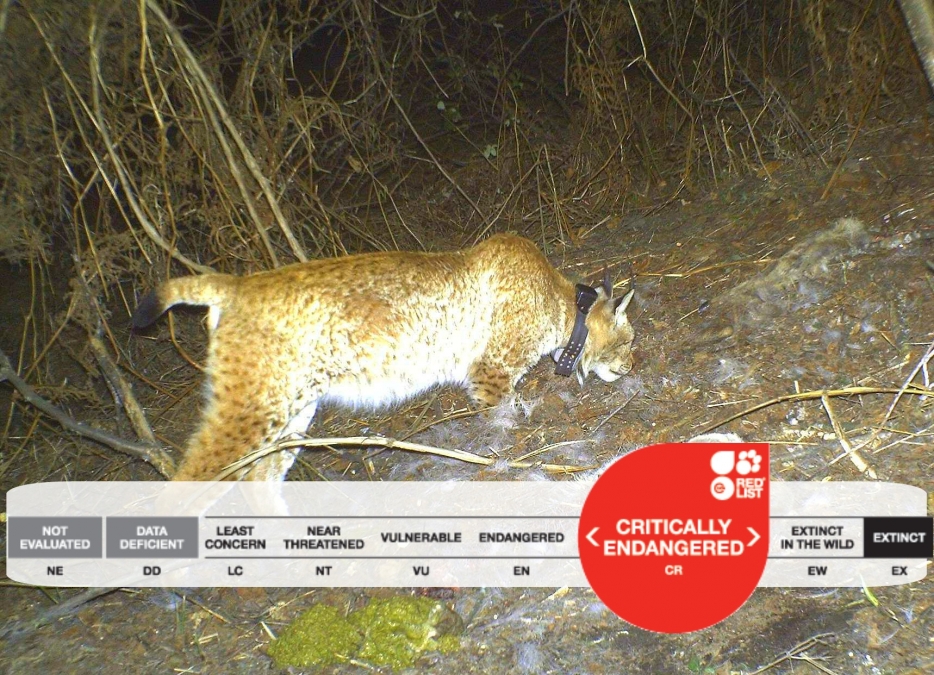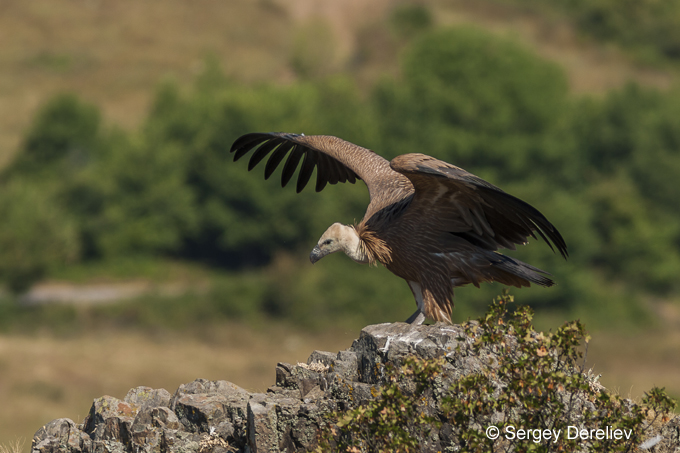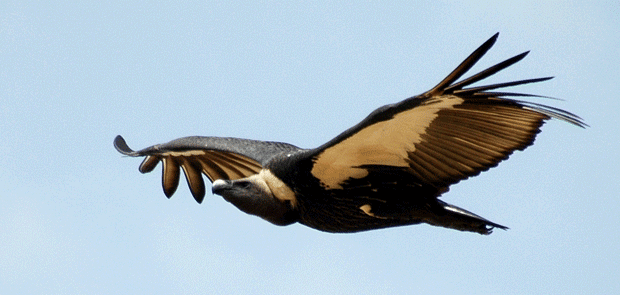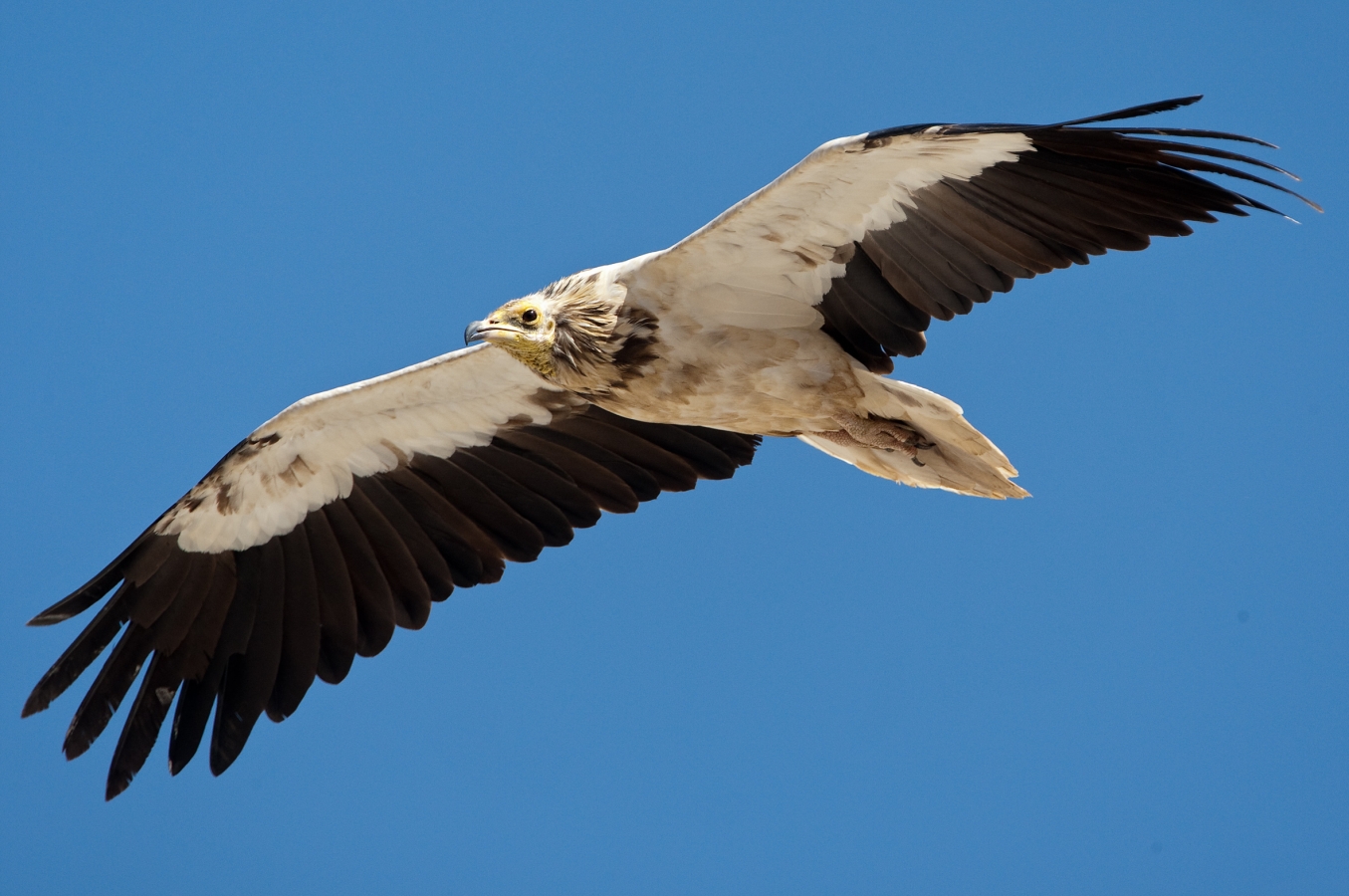Threatened Species
By Ed Parnell, A three-year project in Iraq has significantly contributed to knowledge of the country’s flora and fauna – including five previously unknown plant species – as well as improving the prospects for future conservation efforts in the country. The Iraq
In the last two decades Ghana has lost 90-99% of its Grey Parrot (Psittacus erithacus)population. This is according to a recently published study by a team of researchers from Ghana and the United Kingdom associated to Manchester Metropolitan University and BirdLife
The first time I encountered the cormorant was in England, when I was about 14 years old. When I heard that the origin of English word “cormorant” was “corvus Marinus,” or “crow of the sea”, I felt like I’d gotten a lot smarter. The word cormorant in Japanese, however, is
The world is losing one of the main breeding colonies of the Humboldt Penguin in Central Chile. CODEFF (BirdLife in Chile) is taking action now on Isla Pájaro Niño de Algarrobo and needs your help. Your support will allow CODEFF to address threats at this Important Bird and
The Northern Bald Ibis Geronticus eremita has had an eventful and turbulent relationship with humans that has resulted in a graph of its population decline that matches its iconic red down-curved beak. But latest breeding successes resulting from work of BirdLife Partners
The IUCN Red List has added the Balkan Lynx to its Red List as a Critically Endangered subspecies of the Eurasian Lynx. This is a very real confirmation that the Balkan Lynx requires urgent and coordinated conservation actions in order to increase its population in the wild.
Researchers from CSIRO (Commonwealth Scientific and Industrial Research Organisation) and Imperial College London have assessed how widespread the threat of plastic is for the world’s seabirds, including albatrosses, shearwaters and penguins, and found the majority of
Bonn/Trondheim, 9 October 2015– A further eighteen birds of prey species have been listed at an international meeting of government representatives and experts this week in Trondheim, Norway. Seven of these species under threat are critically endangered according to the IUCN
By Martin Fowlie A major step for the future of vultures in Asia has been announced by the Indian Ministry of Health. A ban of multi-dose vials of human formulations of diclofenac, which is responsible for the death of tens of millions of Asia’s vultures, has come into force
By Stoyan Nikolov, Vultures may not be the prettiest of birds: They are often reviled for their looks, and are prone to illegal killing and poisoning, but it’s hard to argue against their usefulness. The Egyptian Vulture (Neophron percnopterus), for example, feeds primarily
